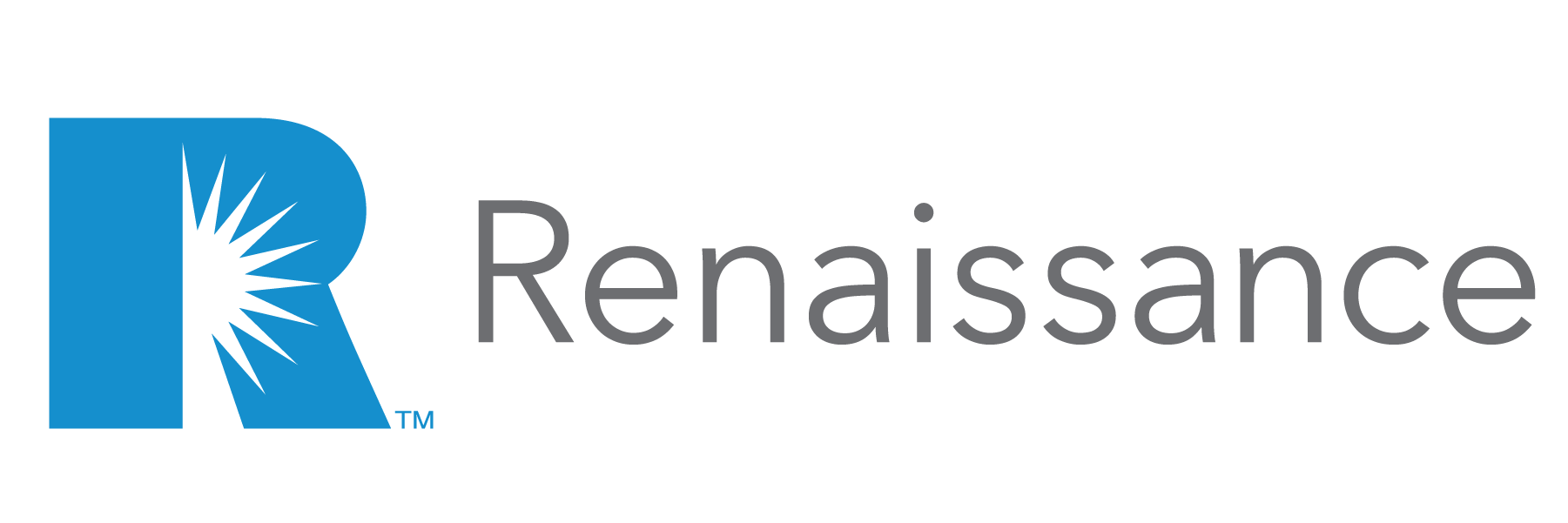By Praveen Baghel
On the surface, AI-powered vendors available to independent agents for comparing policies seem extremely useful – but they can deliver mixed results.
Agents have voiced concern over the quality of the output generated by some vendors, including:
- Accuracy of the data
- AI “hallucinations,” in which policy details can be exaggerated
- Inability to compare policy details in both personal and commercial lines risks
- State-specific coverage comparisons
- Inflexibility in adjusting/expanding comparison parameters
- Unavailability of citations
In other words, the policy comparisons generated by some third-party vendors can be delivered quickly, but that doesn’t mean they’re correct.
Agents leveraging AI-based solutions should know what to look for to get the most accurate results. When evaluating third-party AI-powered tools for policy comparison, focus on:
- Data accuracy (Ability to validate the carrier data sources)
- Transparency (Ensure that the tool can explain how the comparison was generated)
- Coverage depth (Check that comparisons for both commercial & personal lines are available)
- State compliance (Verify that state-specific rules and coverages are addressed)
- Customization (Look for flexibility in adjusting or expanding policy-comparison parameters)
- Ability to handle errors. The vendor should:
– Be transparent about the degree of its data accuracy
– Allow user override to ensure all data is correct before presenting to clients
– Flag any low-confidence outputs so agencies/CSR can manually double-check
Understanding how third-party AI policy-comparison solutions can deliver inaccurate data is the first step to ensuring that you select the best vendor for your agency. Just like in the relationships you share with your clients, transparency and accuracy go hand in hand.
Praveen Baghel is Head of AI for Renaissance.








